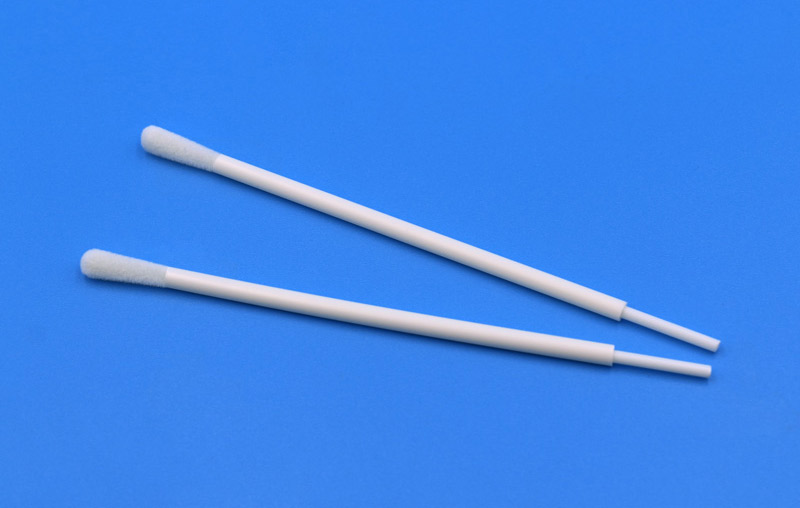Stool sample collection is an essential diagnostic tool that helps doctors identify various gastrointestinal infections and disorders. However, collecting stool samples can be a daunting task for patients, especially when it involves using traditional collection methods. Fortunately, stool collection swabs have revolutionized the process, making it more convenient and less invasive. In this article, we’ll explore everything you need to know about stool collection swabs.
What Are Stool Collection Swabs?
Stool collection swabs are medical devices designed to collect stool samples for diagnostic purposes. They come in different shapes and sizes, but most collection swabs have a long, thin handle with a soft, absorbent tip that collects fecal matter. The swabs are sterile and disposable, which means they can be used once and then discarded.

MEIDIKE GENE® Stool Collection Swabs
How Do Stool Collection Swabs Work?
Using stool collection swabs is a straightforward process. Patients are provided with a collection kit that contains a swab and a container to store the sample. To collect the sample, patients insert the swab into their rectum and gently rotate it to collect fecal matter. The swab is then placed in the container and sent to the laboratory for analysis.
What Conditions Can Stool Collection Swabs Diagnose?
Stool collection swabs can diagnose various gastrointestinal infections and disorders, including:
- Bacterial infections: such as Clostridium difficile, Salmonella, and Shigella
- Viral infections: such as Norovirus and Rotavirus
- Parasitic infections: such as Giardia and Cryptosporidium
- Inflammatory bowel disease: such as Crohn’s disease and ulcerative colitis
- Celiac disease: an autoimmune disorder that affects the small intestine

















